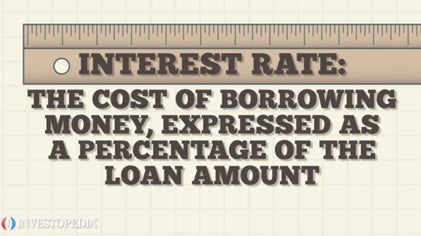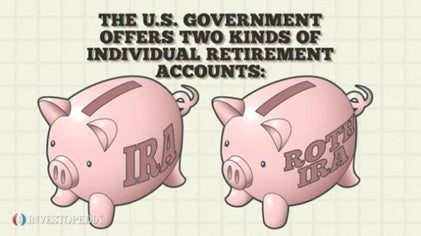GDP stands for gross domestic product and is the measure of the total economic output of the goods and services of a country. GDP is usually expressed on an annual basis, but is sometimes expressed on a quarterly basis within a year.Real GDP is equal to the economic output adjusted for the effects of inflation. Nominal GDP is economic output without the inflation adjustment. Nominal GDP is usually higher than real GDP because inflation is typically a positive number. Nominal GDP is used when comparing different quarters of output within the same year. When comparing the GDP of two or more years, real GDP is used because, by removing the effects of inflation, the comparison of the different years focuses solely on volume. The year-to-year comparison for real GDP requires what is called a base year. The base year is nothing more than the year to which all the other years are adjusted. Think of it as the “as if” year in that all the other years' GDP must be adjusted as if prices were the same in that year as they were in the base year. For example, Callowaynia is a small island country that only produces one product, golf balls. Callowaynia's nominal GDP was 70 million for 2012, and 90 million for 2013. $20 million seems like a substantial increase in GDP. But in 2012, the price of a golf ball was $1. In 2013, the price for a golf ball increased to $1.20. Callowaynia’s 2012 total output, in units, was 70 million golf balls ($70 million/$1). For 2013 the total output was 75 million golf balls ($90 million/$1.20). If the 2013 nominal GDP was adjusted for inflation so that the total units produced were calculated at the 2012 price of $1 (since 2012 is the base year in this example), then real GDP for 2013 is $75 million (75 million units X $1 per unit). With this adjustment, there is still an increase in GDP, but only $5 million, which is solely attributable to the increase in production from 70 million golf balls to 75 million golf balls.





